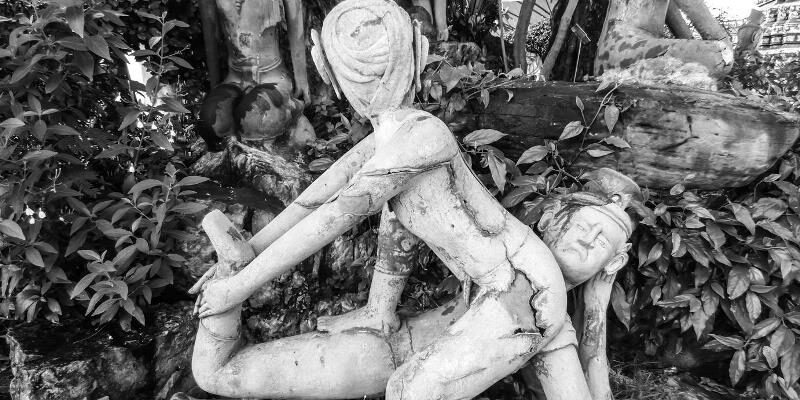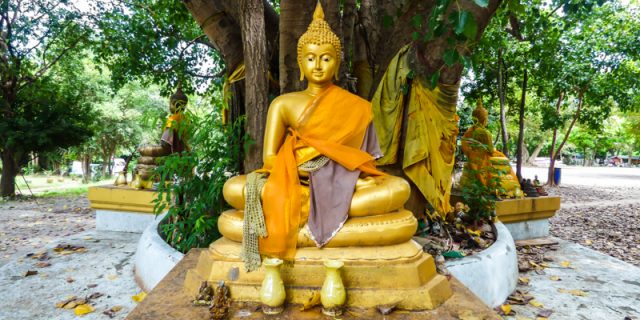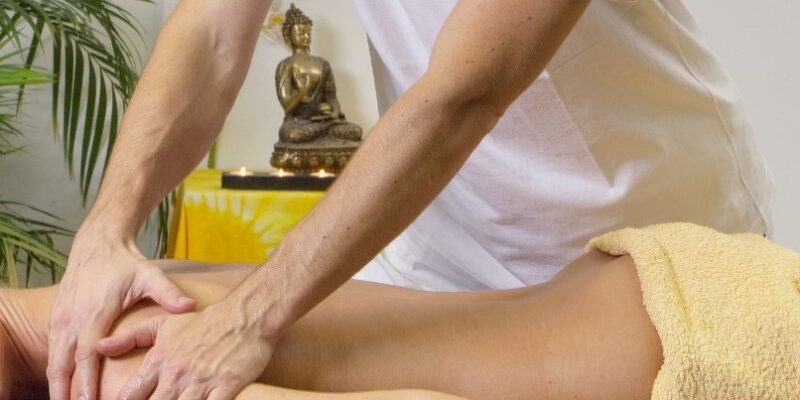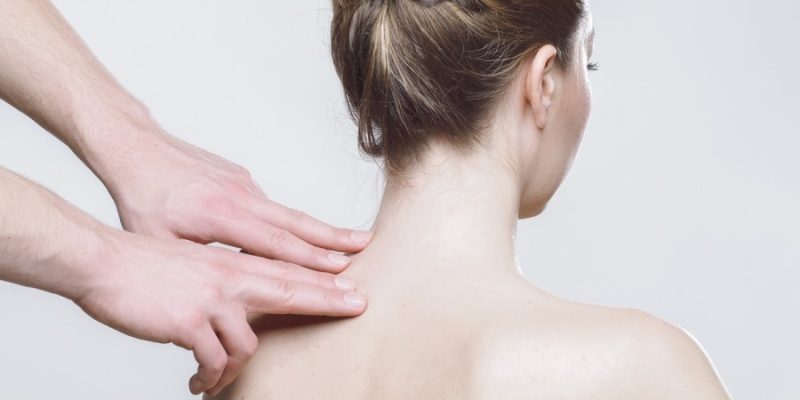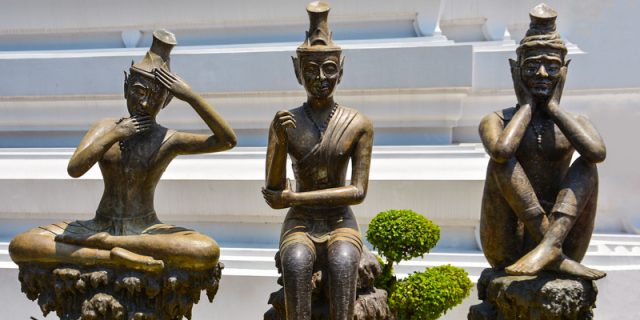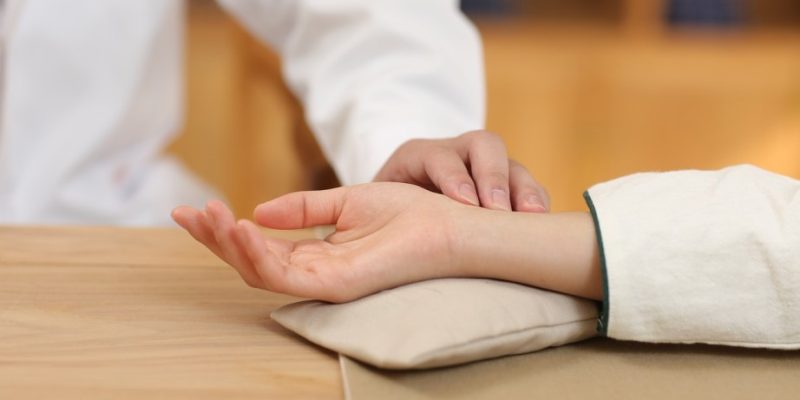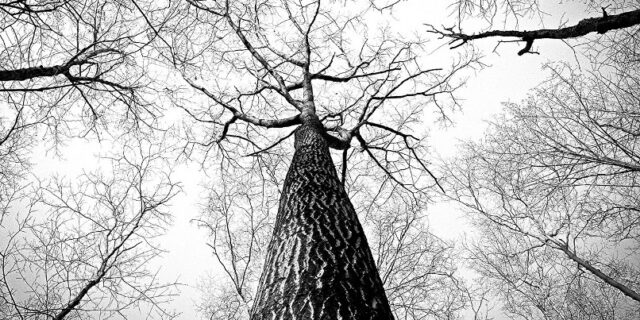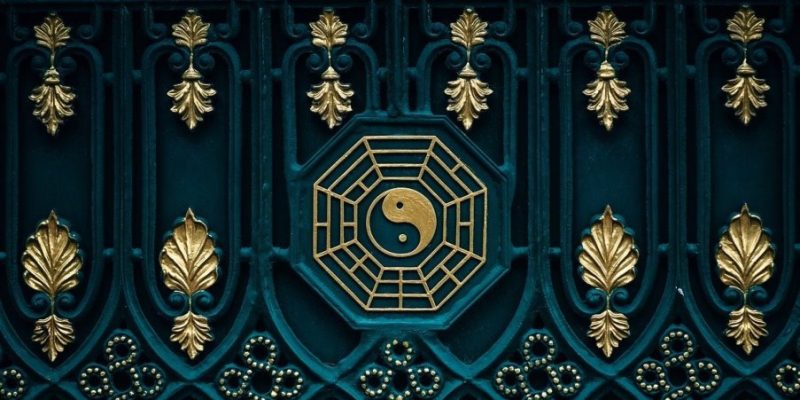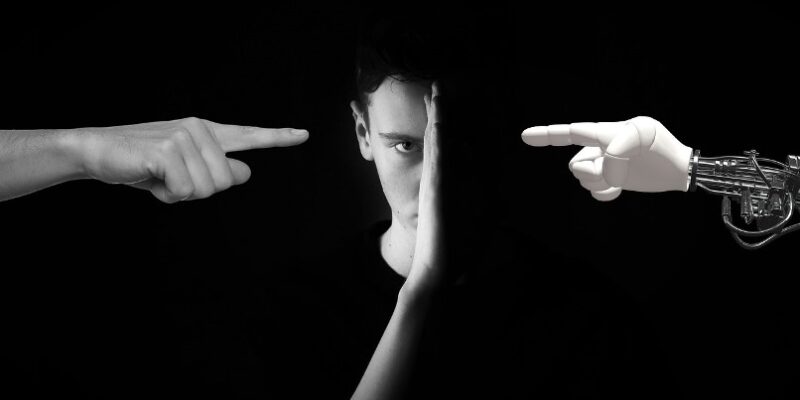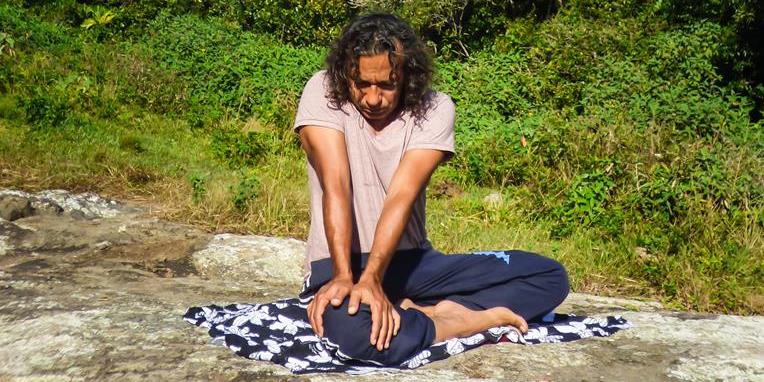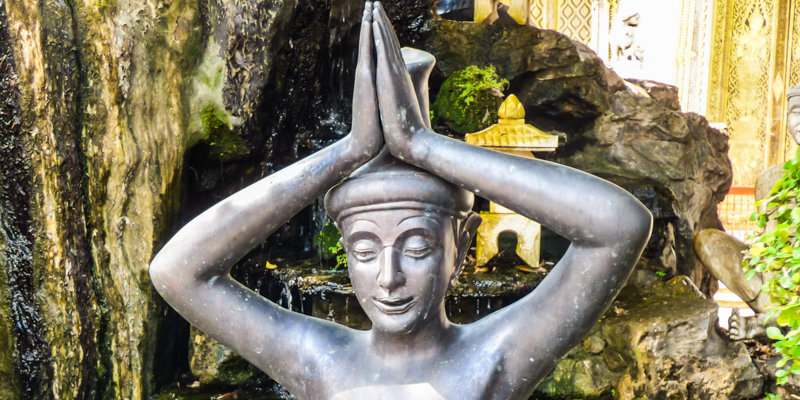
It’s not uncommon that Thai Massage schools, institutes, and teachers sometimes omit (or forget) to tell that Traditional Thai Massage (Nuad Thai) is not an isolated phenomenon within the Thai Healing Arts. And that Thai Massage is certainly not only about “Wellness” or “Relaxation.”
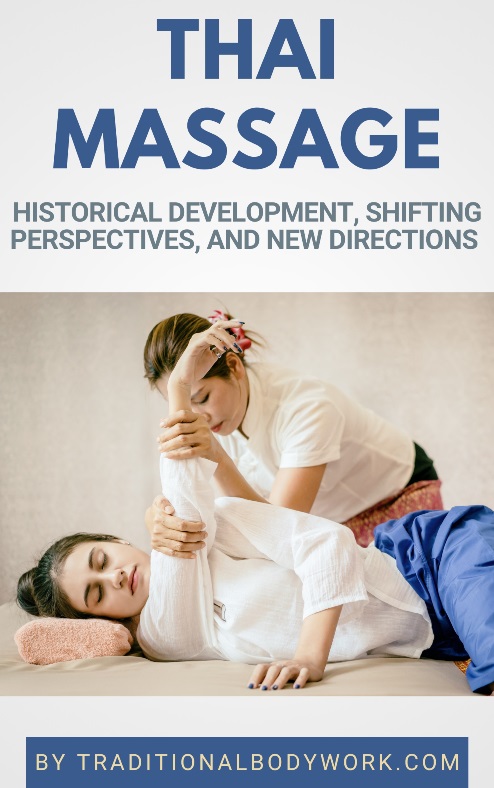
In fact, Thai Massage is an integral part of Thai Traditional Medicine (TTM) — a holistic Thai traditional healing system. Mind that “traditional” doesn’t mean forgotten, obsolete, or not used. On the contrary, in Thailand, Traditional Thai Medicine is very much alive.
Since the late 1980s, TTM has seen a remarkable revival and interest. Not only in Thailand. It has been very much adopted by the West as a result of the interest in and search after complementary and alternative medicine systems. And this process is still continuing.
The classifications of Thai Traditional Medicine know some variations, but in this post we use the description in which TTM is considered to be constituted of three branches:
- Herbs and Diets
- Buddhism, Shamanism, and Animism
- Energy Work — such as Thai Massage and Reusi Datton
Seen with Western eyes this could be roughly translated as:
- Nutrition, Diet, and Medicines
- Psychoanalysis and Religion
- Fitness, Sports, Massage, and Bodywork
Apart from the tools and techniques, I would say that another primary difference between common Western healing methodology and Thai Traditional Medicine is that treatments are applied holistically.
Moreover, instead of “shopping around,” in Thailand one would go to a Traditional Medicine hospital or clinic to get diagnosed by a Thai Traditional Medicine Doctor. Subsequently, one will be sent to the different departments (in the same hospital or clinic) to receive the necessary (combined) treatments.

That is, when Thai people choose for Traditional Medicine. Conventional Allopathic or Modern Medicine is also widely spread in Thailand and of excellent quality, reasonable costs, and equally often used, if not more.
Another important difference between Western and Thai Medicine is that herbal medicine is usually not chemically i.e. pharmacologically produced. Likewise, the diagnostic process in TTM is mostly done the old fashioned way, that is, by reading the pulse, checking colors (of the hands, eyes, tongue, and so on), feeling the differences in hot and cold of bodily areas, checking the range of motion of the various body parts, “intuition,” and so on.
In any case, for now I won’t dig any deeper into this vast realm of the traditional Thai Healing Arts. The idea is to realize that Thai Massage is an integral part of a larger healing system, one in which Thai Massage has its place but it should always be considered in relation to its counterparts.








